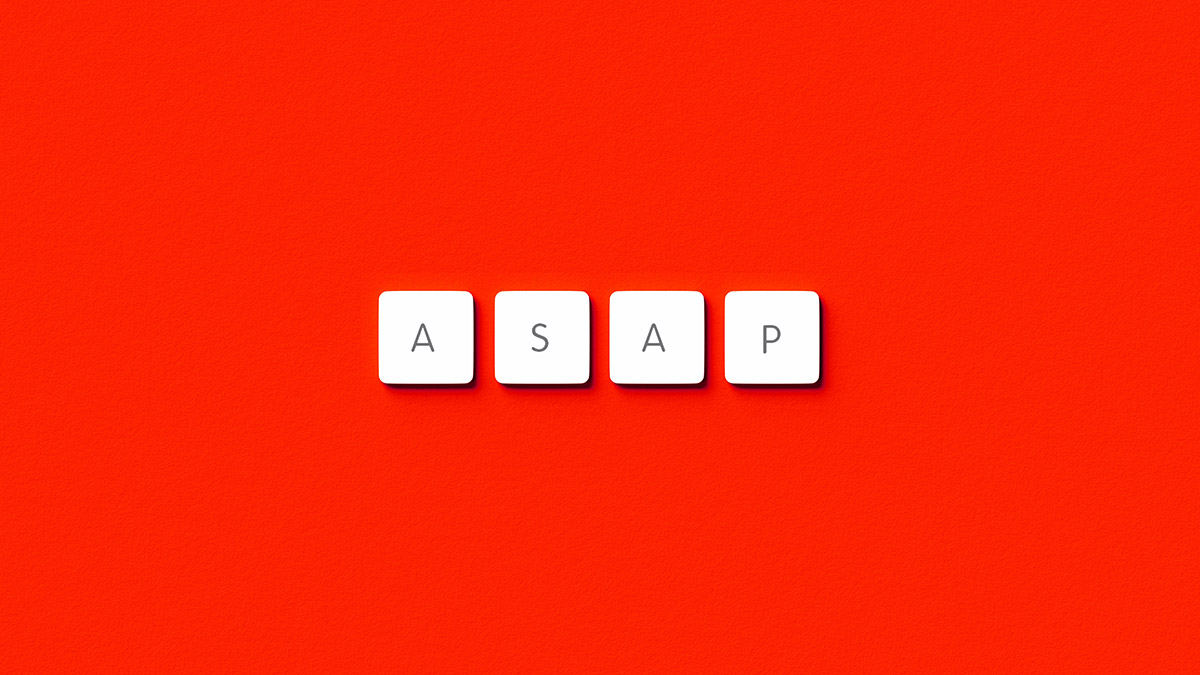The Ultimate Guide to Abbreviations in English

Spice up your texts and transform your business communications by mastering the art of abbreviations.
In this easy-to-follow guide, uncover the secrets of abbreviations in English, including why they’re important and how to use them in different situations.
What are English abbreviations, and why use them?
You may already know some of this information, but a little refresher never hurts!
Simply put, abbreviations are shortened forms of words or phrases used to make writing more efficient. They are a good way of fitting large ideas into small spaces, perfect for quick conversations, and office-speak, or when you’re short on space – such as when writing a tweet or text message.
Abbreviations are so embedded into everyday language that we sometimes don’t even realise they are abbreviations.
There are different types of abbreviations, including:
- Clippings: When you remove parts of a word to keep them brief and easy to use.
Some everyday examples include “lab” for “laboratory”, “vet” for “veterinarian” and “gym” for “gymnasium”.
- Initialisms: This style uses the first letter of each word to create a phrase. It’s a common way to reference organisations, concepts, or titles.
For example, “UN” for “United Nations”, “UK” for “United Kingdom”, “DIY” for “Do It Yourself”, and “ASAP” for “As Soon As Possible”.
- Acronyms: Like initialism abbreviations, acronyms are a blend of the initial letters in a phrase that form a new, pronounceable word.
For instance, “NASA” for “National Aeronautics and Space Administration”, or “PIN” for “Personal Identification Number”.
- Contractions: When you make words shorter by removing some letters and using an apostrophe, like “it’s” for “it is” and “haven’t” for “have not”.
The evolution of abbreviations in English
Abbreviations have a rich history, tracing back to ancient manuscripts and inscriptions. The rise of the Telegraph in the 19th century marked a significant increase in their use, as quick, concise messages were crucial.
This trend continued with the introduction of the internet and social media, helping people cope with the fast pace of modern communication.
When do you use abbreviations?
Abbreviations are a key part of the English language, whether you use them for casual text or formal reports.
Let’s explore some different scenarios where English abbreviations can be used, along with some common abbreviation examples.
Abbreviations in everyday language
In daily life, English abbreviations are used all the time. They simplify and speed up communications to make everyday interactions smoother.
Here are some common abbreviation examples:
- GPS: Global Positioning System
- ID: Identification Document
- AM/PM: Ante Meridiem (morning) and Post Meridiem (afternoon)
Abbreviations in business English and formal writing
In the business world, abbreviations are part of the professional vocabulary. They appear in various documents, conversations and contexts, such as:
- ROI: Return On Investment
- SME: Small and Medium-sized Enterprises
- R&D: Research and Development
- B2C: Business to Customer
- EBITDA: Earnings Before Interest, Taxes, Depreciation and Amortisation
- CFO: Chief Financial Officer
- USP: Unique Selling Point
- OOO: Out Of Office
- BCC: Blind Carbon Copy
Some English abbreviations are often used in educational settings too, including:
- Exam: Examination
- ESOL: English for Speakers of Other Languages
- IELTS: International English Language Testing System
Abbreviations in social media and texting
The digital age (especially social media and texting) has resulted in a brand-new set of abbreviations in English. These are typically less formal and focus on speed and convenience:
- DM: Direct Message
- ICYMI: In Case You Missed It
- IDK: I Don’t Know
- IMO: In My Opinion
- BRB: Be Right Back
- AMA: Ask Me Anything
- B4: Before
- FOMO: Fear Of Missing Out
- POV: Point Of View
- TLDR: Too Long; Didn’t Read
- FYI: For Your Information
While these abbreviations can add whimsy and efficiency to your digital conversations, it’s important to remember that they are not usually appropriate for formal and professional writing.
Interpret abbreviations like a pro
Do you feel like you’re decoding a secret language every time you come across an abbreviation? Well, FYI, British Council English Online offer a variety of English courses to help you turn your confusion into clarity.
Take a look at our courses to get started in your English language journey.




